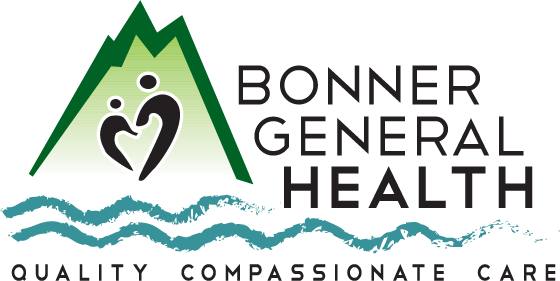By: Kathy Hubbard
It’s estimated that there are more than 78,000 alcohol-related deaths in the U.S. each year. That makes alcohol one of the leading preventable causes of death in this country. And according to the National Institute on Alcohol Abuse and Alcoholism (NIAAA), alcohol is a significant factor in deaths of those under 21, including deaths from vehicle accidents, homicides, overdoses, falls, burns, drownings, suicide, you name it.
“Research indicates that alcohol misuse during the teenage years can interfere with normal adolescent brain development,” George F. Koob, Ph.D., director at NIAAA said in a letter to the public published last year for Alcohol Awareness Month. “Alcohol use during adolescence also significantly increases the risk of developing alcohol use disorder later in life, and the earlier a teen starts, the higher the risk. In addition, more than 200 disease and injury-related conditions are associated with alcohol misuse.”
Alcohol usage contributes to 75 percent of esophageal cancers, 50 percent of cancers of the mouth, pharynx and larynx, 65 percent of cases of pancreatitis, 36 percent of liver cancer, 35 percent of alcoholic hepatitis, and the list goes on. Oh, here’s another, women who drink have a 10 percent higher risk of breast cancer.
These are things a teenager rarely thinks about. And NIAAA honestly tells us that “adolescents typically have an increased desire to experience new things” before they say, “experimenting with alcohol is not a good idea.”
Dr. Koob says, “Parents and other adults can make a difference in helping teens make the right decisions when it comes to alcohol and preventing underage drinking. Having conversations with them about alcohol is a strong start. Another strong start is to understand your key function as a role model when it comes to alcohol. Adolescents are less likely to drink heavily when the adults in their life demonstrate responsible behavior regarding their own alcohol use and when they live in homes where parents/guardians have specific rules against drinking at a young age.”
NIAAA tells us that “although a person’s brain generally reaches its maximum size by age 10, the second decade of life brings widespread changes in the organization and functioning of the brain. Changes in brain circuits continue until at least the mid-20s.”
So, it makes sense that misusing alcohol during adolescence may cause negative long-term effects because the brain is still developing. Evidence shows that the earlier people start drinking the higher the negative impact is on cognitive functions, memory and school performance which can continue through adulthood.
“Alcohol misuse during adolescence is also associated with reduced size of the frontal lobe (involved in planning and decision-making), hippocampus (involved in memory), amygdala (involved in fear-sensing), and corpus callosum (involved in the communication between the two sides of the brain),” NIAAA says.
HealthyChildren.org has some excellent advice on how to have a meaningful conversation with your children regarding alcohol. They suggest talking to your kids when they are around nine years old. “This gives you the opportunity to help shape your child’s thoughts and actions around alcohol as they move toward adolescence.”
They say to bring the subject up at the right moment. That would be when the child isn’t distracted, and you’re relaxed. Without being judgmental ask questions such as, “do you have any thoughts about alcohol?” or “do your friends talk about it?” Ask if they have feelings about how adults they know use alcohol. And it’s important for you to listen to the answers.
“Without overwhelming your child, you might consider sharing your own stories. You might touch on times when you saw alcohol hurt people. Kids appreciate honesty, especially when you’re talking about difficult subjects.”
You should also tell your teens often and repeatedly that it’s okay not to drink. The truth is that the percentage of adolescents not drinking has been rising in the last twenty years. That fact might help when your child experiences peer pressure to use alcohol.
It’s also not a bad idea to enlist the help of your child’s pediatrician. The important thing is to make it safe for your child to tell you anything. And don’t stop the conversation when your child goes off to college. That comes with a whole new set of challenges.
Kathy Hubbard is a member of the Bonner General Health Foundation Advisory Council. She can be reached at kathyleehubbard@yahoo.com. This article was written for publication in the Bonner County Daily Bee on April 2, 2025.

